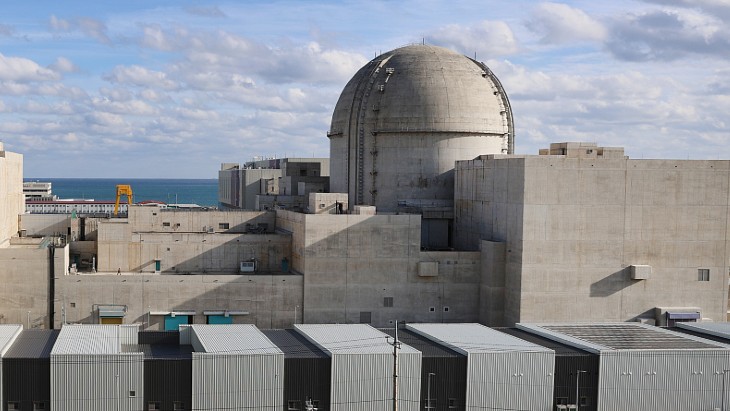IRRS missions are designed to strengthen the effectiveness of the national nuclear and radiation safety regulatory infrastructure, based on IAEA safety standards and international good practices, while recognising the responsibility of each country to ensure nuclear and radiation safety.
The IAEA team concluded a 12-day mission to Finland on 14 October. The mission was requested by the Finnish government of Slovenia and hosted by the Radiation and Nuclear Safety Authority (STUK). The team comprised 18 senior regulatory experts from 14 Member States, one observer, as well as four IAEA staff members. During the mission, the team conducted interviews with management and staff from STUK, the Ministry of Social Affairs and Health, the Ministry of Employment and the Economy, the Ministry of Interior and the STUK's Advisory Committee on Nuclear Safety.
The team reviewed the regulatory oversight of facilities and activities using nuclear material and radiation sources including emergency preparedness and response, decommissioning, and occupational, medical and public exposure control.
The IRRS team identified several good practices including: implementation of a systematic model for regular monitoring of licensees' overall safety performance; media training in nuclear and radiation safety to enhance public awareness; and development of a publicly available information system on radiation safety legislation that includes guidance and expectations from STUK for licensees.
The IRRS team made several recommendations and suggestions to further reinforce continuous improvement and further enhance the Finnish regulatory system and the effectiveness of the regulatory functions in line with IAEA safety standards.
"Our review concluded that Finland has a robust and up-to-date regulatory framework that aligns with IAEA Safety Standards," said the IRRS team leader Sylvie Cadet-Mercier, Commissioner of the French Nuclear Safety Authority (ASN). "I am also impressed by STUK's ongoing quest for excellence without falling into the trap of complacency."
The final IRRS mission report will be provided to STUK in about three months.
"I'm very pleased with the outcome of the IRRS mission. We have been peer reviewed by a team of high-level experts and got valuable inputs to help us do better," said STUK Director General Petteri Tiippana. "The outcome of the mission demonstrates the real value of peer reviews. Although we did our homework very carefully prior to the mission, still the IRRS team found further areas for improvement. In other words, you may have 'blind spots' that you are not able to self-identify."
Finland hosted an initial IRRS mission in 2012 and a follow-up mission in 2015.
The latest mission will be followed by an IAEA Integrated Review Service for Radioactive Waste and Spent Fuel Management, Decommissioning and Remediation (Artemis) mission - scheduled for next month - which will assess radioactive waste and used fuel management, decommissioning and remediation programmes in the country.
Finland has five nuclear reactors - two at Loviisa and three at Olkiluoto - generating about one-third of its electricity. Its first commercial nuclear power reactor - Loviisa unit 1 - began operating in 1977.

.jpg)



_72306.jpg)


_49562.jpg)





